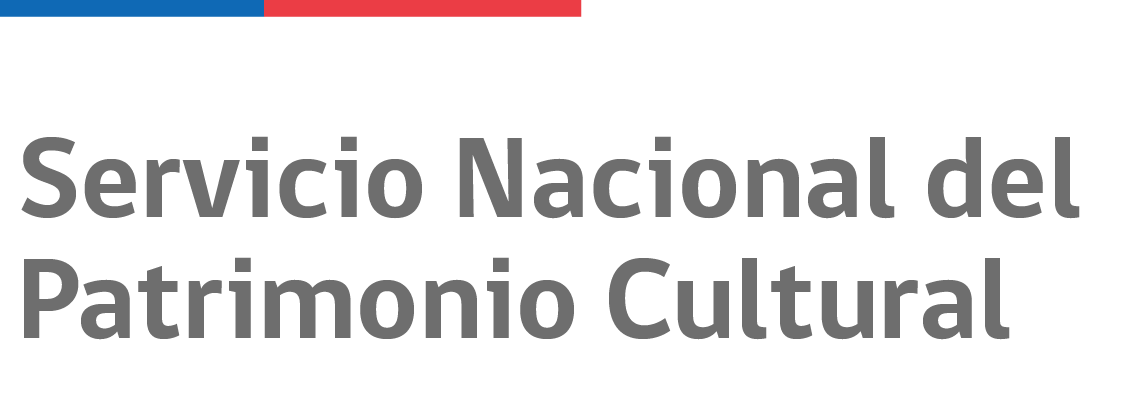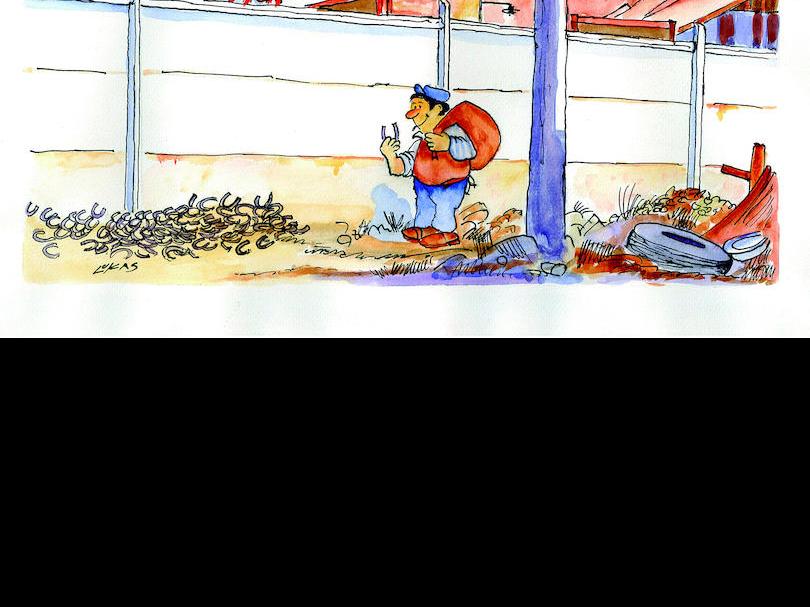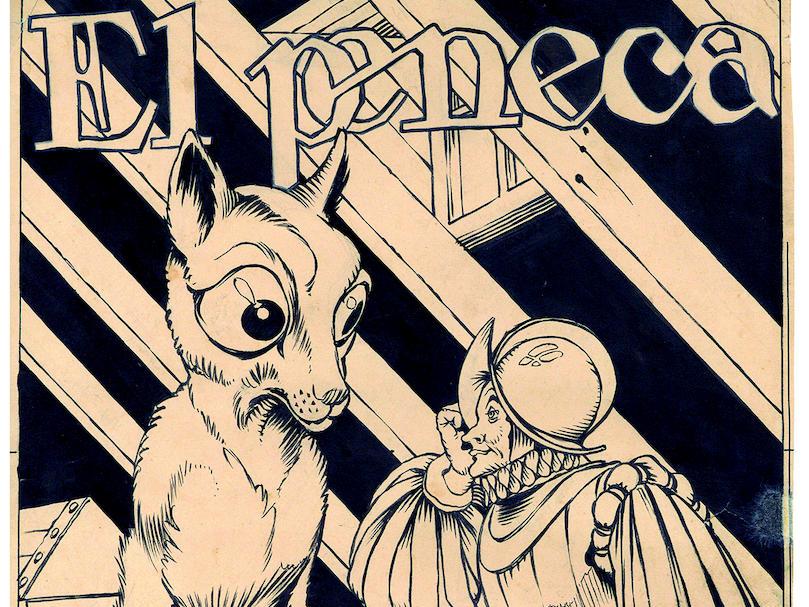What do a pocket calendar printed in Valparaíso, an old advertisement for trousers, a political campaign poster, an elegant wine label and an advertisement for the Condorito comic have in common? Apparently, little. However, they are all part of Chile's graphics heritage and key pieces in the puzzle of the country's imagery.
That is why the National Library has a Print and Poster Archive. In its collection, there are nearly 5,000 posters produced over the past 30 years, advertisements and examples of political propaganda as well as many samples of the work of Chilean illustrators such as Pepo, Lukas, Coré and Eduardo Armstrong.
With this vast set of material, it is possible to trace the history of graphics in Chile over the last hundred years. The collection serves as a gateway from which to glimpse the moment when the pieces were created, from the standpoint of the country's commercial and industrial development, the social and political context or the artistic and design trends by which they were influenced.
The challenge is on a par with the collection's richness and diversity since these day-to-day objects were born to satisfy passing needs and many were discarded after being printed and the original drawings were badly conserved, lost or destroyed.
Until recently, they had not received the attention they deserve, resulting in huge and irretrievable losses. Claudio Aguilera, a researcher who specializes in comics and illustration and the head of the Print and Poster Archive, points out that there are also other difficulties such as correct dating, identification of the authors and discovering how the material was printed and circulated and the context in which this occurred.
The interest of researchers in the material is, however, growing constantly, along with initiatives to increase familiarity with it and specialized publications. This helps to ensure that this work, condemned to an ephemeral existence as the vestiges of fast-moving daily life, will remain with us always.















